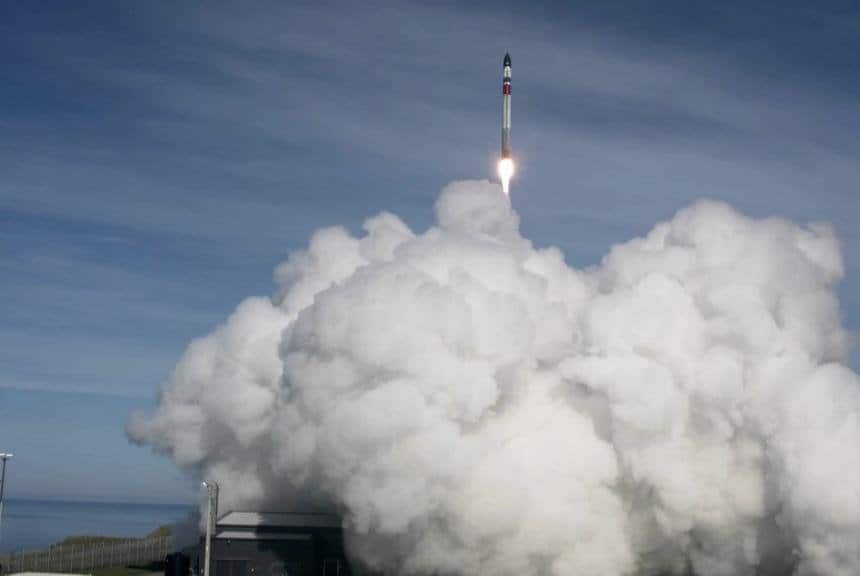On Tuesday, Rocket Lab, a California-based company seeking a way to make their rockets reusable, successfully caught the booster piece of their rocket, called a stage, in mid-air as it fell back to earth. However, soon after, the rocket was electively dropped into the water and had to be fished out.
“Pretty, pretty epic day,” Peter Beck, the chief executive of Rocket Lab, said during a news conference after the launch. “The difficulty in capturing a stage is, is pretty extreme.”
“They did release it after hook up as they were not happy with the way it was flying,” Beck added on Twitter.
Incredible catch by the recovery team, can’t begin to explain how hard that catch was and that the pilots got it. They did release it after hook up as they were not happy with the way it was flying, but no big deal, the rocket splashed down safely and the ship is loading it now.
— Peter Beck (@Peter_J_Beck) May 3, 2022
The “There and Back Again” mission lifted off at 6:50 p.m. ET from the eastern coast of New Zealand.
A small rocket called an Electron, which has carried out over two dozen successful missions, completed the first part of the mission, sending 34 small satellites to orbit. This brings the total number of satellites that Electrons have put into orbit to 146.
The second part of the mission was to catch the 39-foot-long used-up booster stage before it splashed into the Pacific Ocean.
An online live stream showed a helicopter with a long cable underneath that had a grappling hook at the end. Then the stage comes into view, dangling under a parachute.
“There we go, we’ve got our first glimpse of it,” said Murielle Baker, Rocket Lab’s communication advisor and commentator, during the Rocket Lab broadcast.
The grappling hook at the end of the cable snatched the rocket booster’s parachute and swung out of camera view. A cheer erupted from Rocket Lab’s mission control room, signaling a successful catch. However, moments later, a disappointed sigh was heard, and the stream cut off.
Baker appeared on the live stream to acknowledge that the helicopter pilot discarded the rocket “at his discretion” after experiencing a “different load characteristic” than he had during trial runs of the catch.
CEO Beck explained that the pilots reported the rocket was not hanging below the helicopter as it had during trial runs, so they let it go.
Still, Baker called the initial catch successful and “a monumental step forward.”
“We witnessed a spectacular catch,” she said.
“It demands extreme precision. Several critical milestones need to align perfectly to ensure a successful capture,” Baker had said earlier in the webcast.
The mission was part of Rocket Lab’s goal to one day be able to use around half of their rockets for more than one space mission by catching the boosters mid-air. That feat has been achieved by only one company so far: Elon Musk’s SpaceX.
The aim is to lower the cost of space travel by not having to discard expensive rocket boosters after a single use or pay to repair them. However, Rocket Lab insists that the company’s focus on reusability is not solely motivated by financial gain.
“Our biggest problem is building rockets fast enough to support all our customers,” Beck told CNN in 2019. Rocket Lab wants to launch satellite payloads more frequently — 50 times or more annually. Reusing rockets would make it easier for them to perform so many launches.
Rocket Lab intends to continue practicing the helicopter technique to perfect the capture of falling stages one day. Landing in seawater can cause rusting and physical damage to the booster. However, they still have a chance of being reused after a seawater landing if the damage or rust is not extensive.
Beck did not rule out the possibility that Rocket Lab would resume the booster from Monday’s near successful catch attempt.
“It’s still my hope that you’ll see this vehicle back on the pad again,” he said.






